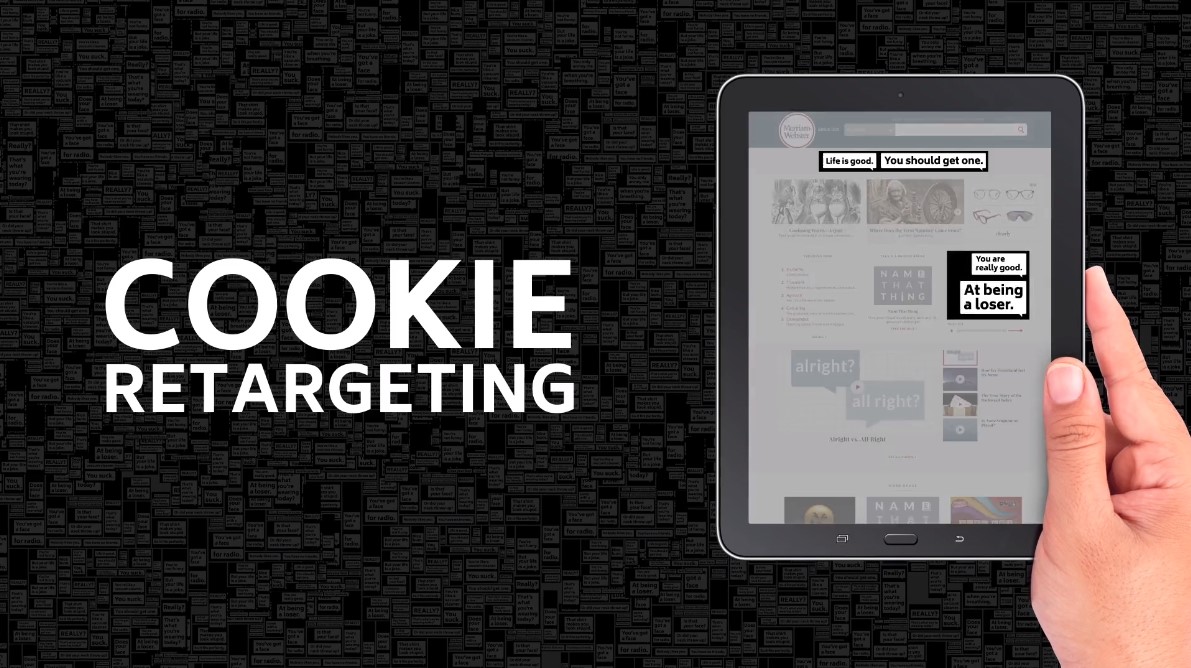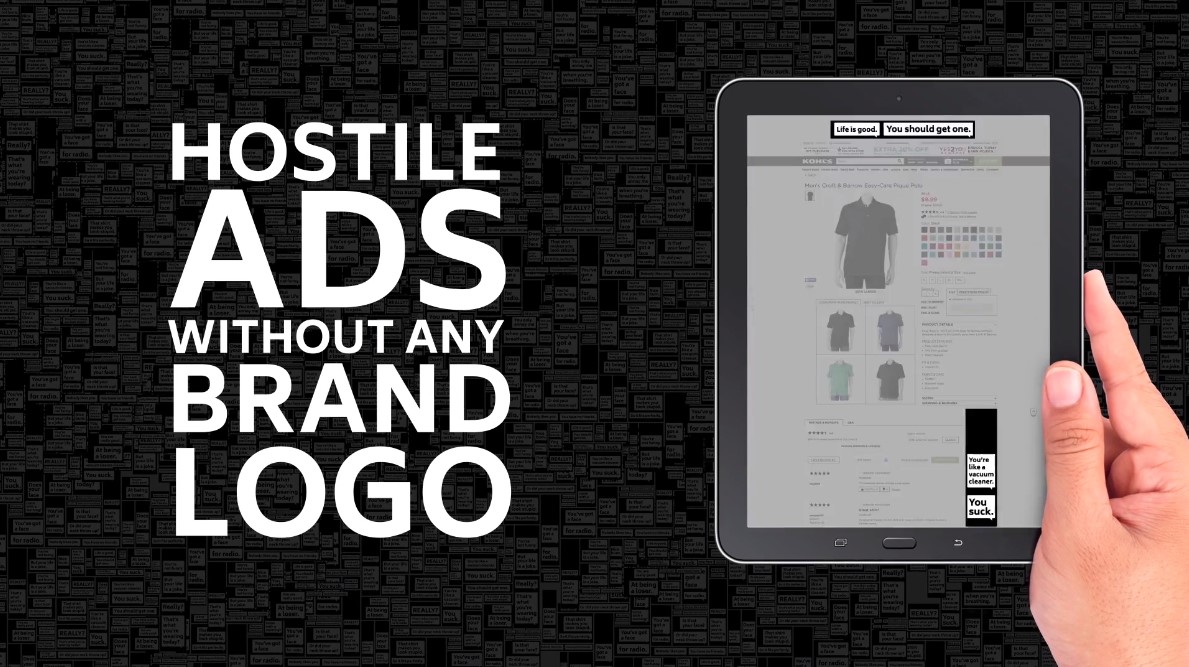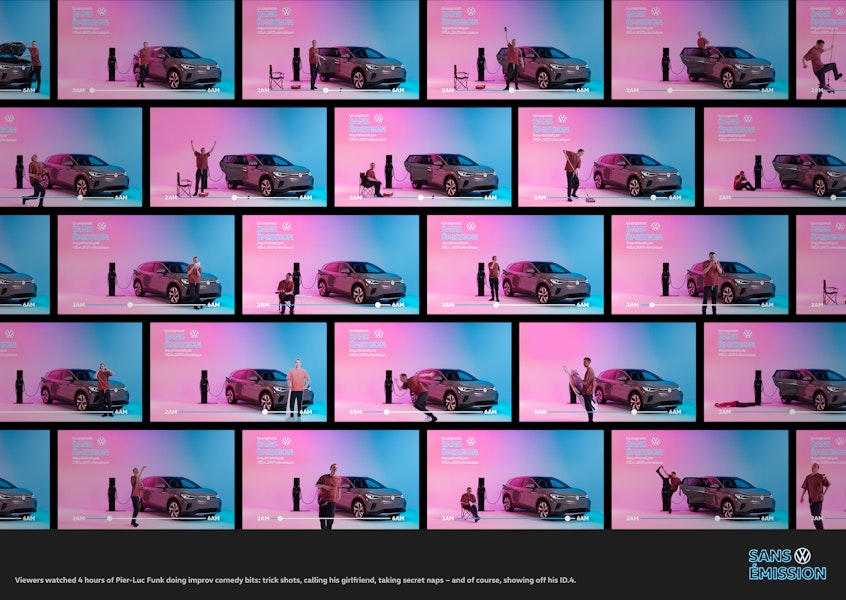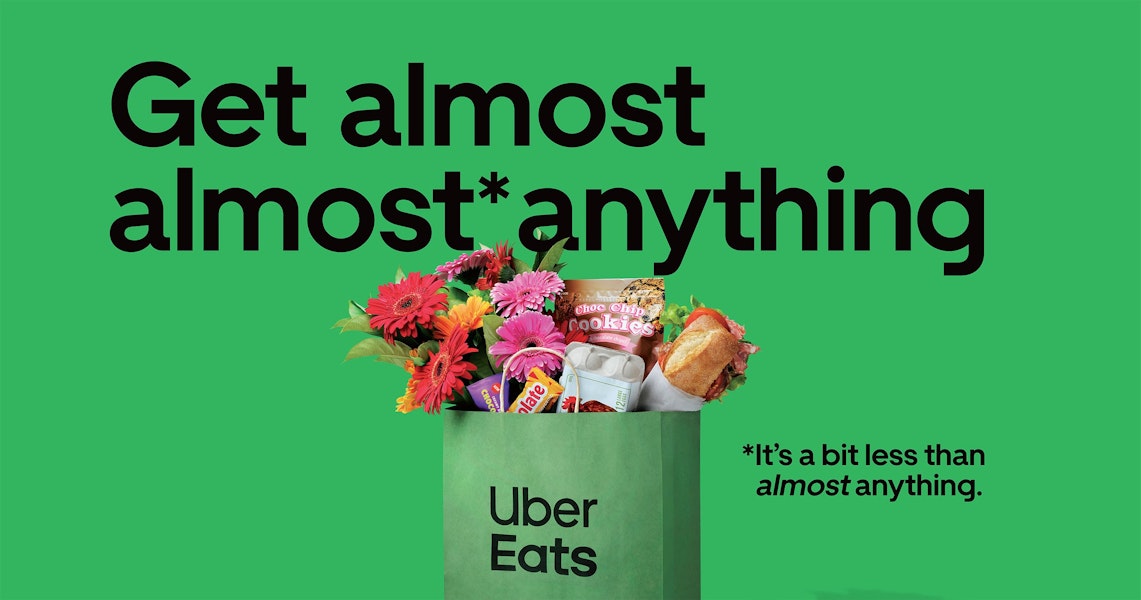Bully Ads


The intimidation paid off
L'insight
In Canada, one in three kids have experienced some form of bullying. That’s higher than the U.S. and one of the highest in the world. Every year, technology further enables school bullies to extend their torment outside of playgrounds, meaning that their victims have few places to escape.
With little or no media budget, we were tasked with engaging influencers, activists and press outlets with this important message.
Our experience of working in cause-related categories demonstrably shows that – regardless of the message/issue - action and reaction amongst those we are targeting is far greater amongst those who have had personal experience of it. That would make targeting adults with a message about the relatively modern phenomenon of online bullying even trickier.
Added to that, the most popular ‘influencers’ in Canada are inundated with both commercial and not-for-profit requests to get involved in media campaigns. What could we do to get them talking about our low budget message?
That’s when we decided that giving influencers a taste of what online bullying feels like would be the core of our media strategy.
Cookie retargeting
We used one of the most reviled media targeting techniques, cookie retargeting – those ads that follow you around the internet trying to sell you sneakers you looked that ONE TIME - for good.

Broke all the frequency rules
Secondly, we’d break all the frequency rules of online media – enhancing the bullying effect by uncapping the number of times our target influencers saw our messages.

Be anonymous
And finally, our ads wouldn’t be emotional messages with the Canadian Safe School Network logo and a call to action on them. They would be obtuse, personal, in-your-face and would have no brand logo or message to indicate where they’d come from.

A succesful campaign
Want to see how creativity can help you?
Redefining
creativity



























